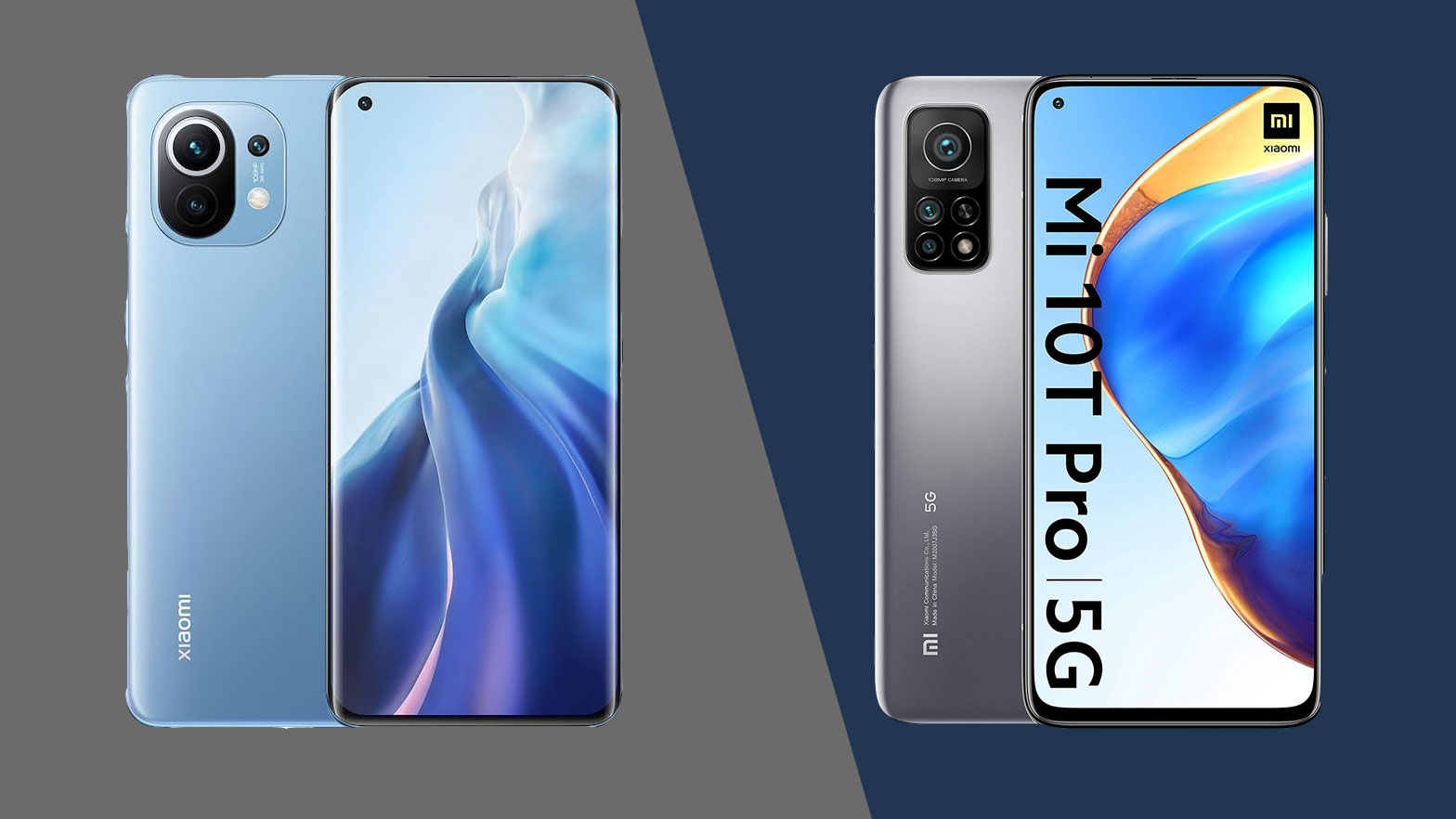
Xiaomi has made quite an impression in recent years for its ability to turn in flagship-level phones for less money than its rivals.
The Xiaomi Mi 11 is the most recent example, offering a level of performance, display quality, and design excellence that makes you look twice at the price. But then, the Xiaomi Mi 10T Pro impressed us just as much a mere handful of months prior - and for an even cheaper price to boot.
So which Xiaomi Mi phone is better? Which would represent the smarter buy if you were shopping for a new phone today?
Xiaomi Mi 11 vs Xiaomi Mi 10T Pro price and availability
When you release as many phones as Xiaomi does in a calendar year, things can get a little congested.
The Xiaomi Mi 11 was first announced in China on December 28, 2020. That was just three months after the September 30 announcement of the Xiaomi Mi 10T Pro.
The Mi 11 received a global launch in February 2021, while the Mi 10T Pro hit the UK in November 2020. As you can see, there’s very little between these phones when it comes to length of time on the market.
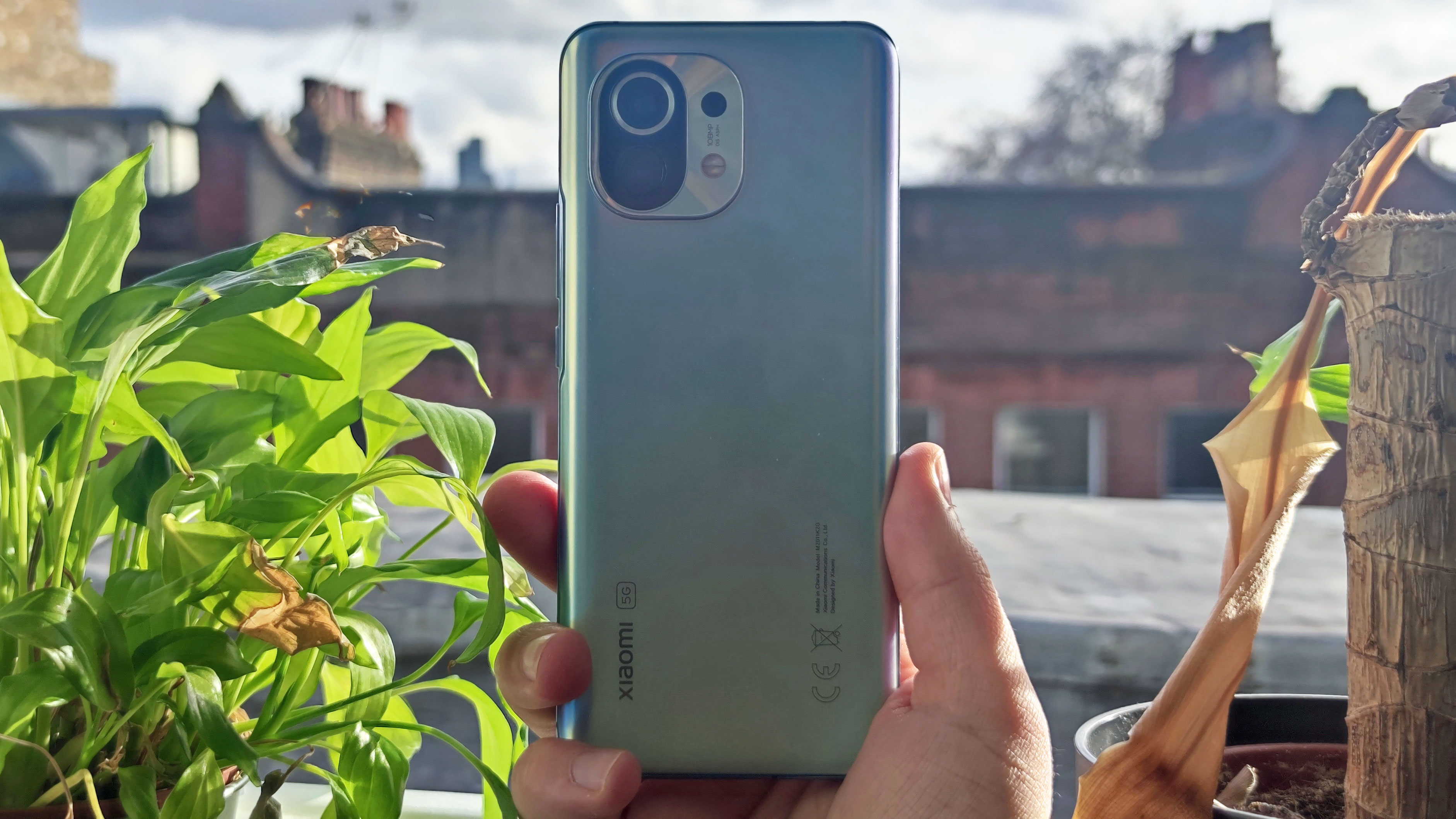
In terms of pricing, the Xiaomi Mi 11 starts from £749 / AU$1,099 (around $1,057) for the 128GB model, while a 256GB model is available for £799 (around $1,128). The Xiaomi Mi 10T Pro launched at a price of £599 (roughly $780, AU$1,100), which makes it £200 cheaper even before you take discounts into consideration.
Get daily insight, inspiration and deals in your inbox
Sign up for breaking news, reviews, opinion, top tech deals, and more.
Neither of these phones is being sold in the US, though, so American readers will have to go through an importer if you’re intent on buying one.
Design
Both phones have glass to the front and rear, sandwiching an aluminum body. However, the Xiaomi Mi 11 is the sleeker, more curvaceous, more overtly ‘premium’ phone of the two.
At 164.3 x 74.6mm, the Mi 11’s footprint is a little smaller than the 165.1 x 76.4mm Mi 10T Pro. But the big difference here is thickness and weight - the Mi 11 is just 8.1mm thin and 196g, while the Mi 10T Pro is pretty hefty at 9.3mm and 218g.
The Mi 11 also has a more unique design, with a pleasant rounded-square camera module that sets it apart from the crowd. The Mi 10T Pro has a rather more workmanlike appearance, with a chunky camera module that “looks like a cyclops staring back at you,” according to our reviewer.
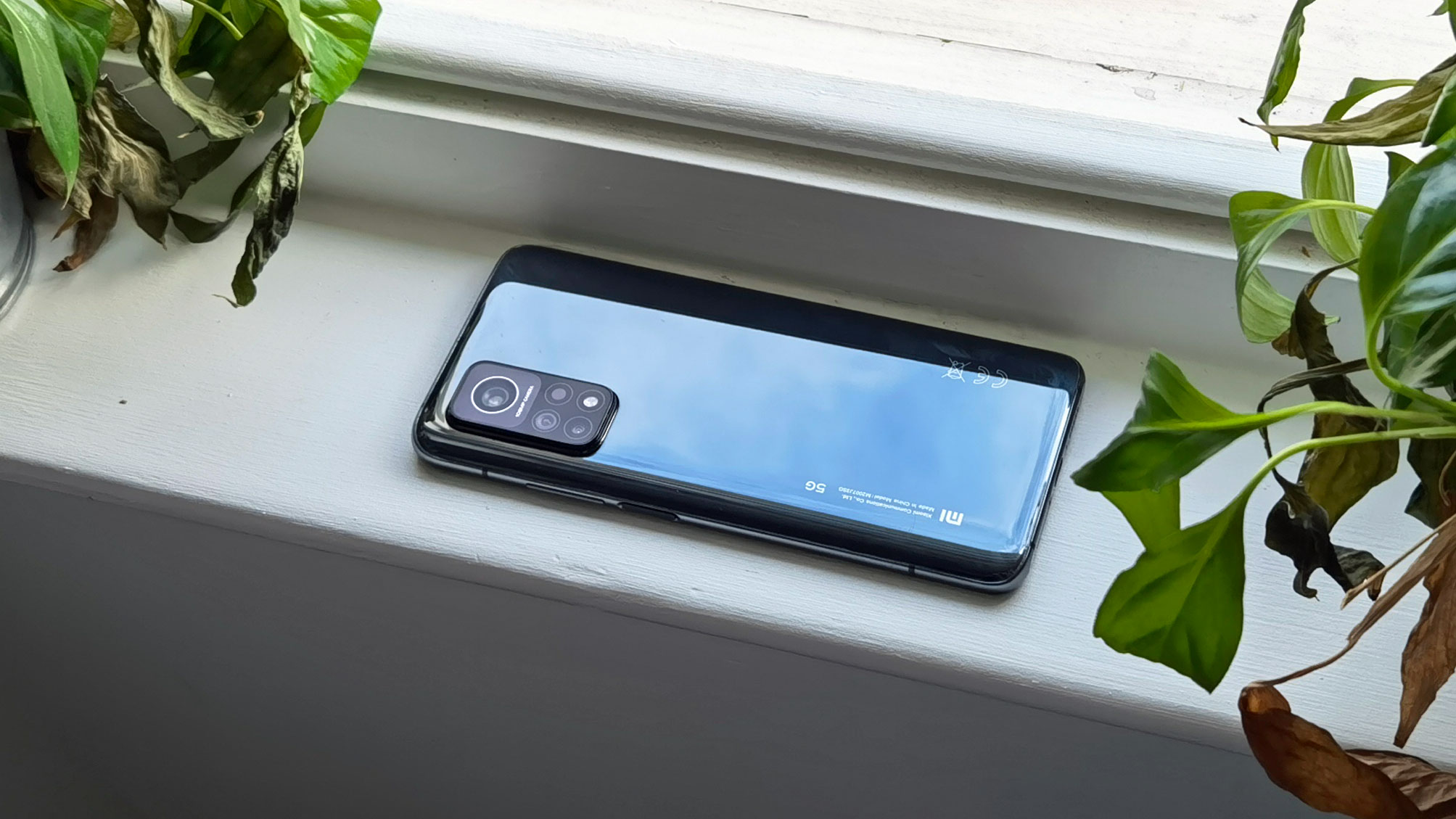
There’s a different approach to biometric authentication here too. While the Mi 11 has an in-display system more commonly seen in flagship phones, the Mi 10T Pro goes with a side-mounted solution. We actually prefer the Mi 10T Pro on this one, as the Mi 11 sensor proves a little unreliable.
Another interesting design difference, which leads us neatly into the next section, is the shape of the display. While the cheaper Mi 10T Pro goes for a dead flat screen, the Mi 11 curves off at the edges. Like we said, it’s the more premium-looking phone of the two.
Display
The Xiaomi Mi 11’s screen is one of the best on the market. It’s a 6.81-inch OLED beauty, with a 1440 x 3200 (QHD+) resolution.
Conversely, the Mi 10T Pro is a 6.67-inch LCD display with a FHD+ resolution. It’s simply less vibrant as a result, with grayer blacks and less accurate colors. It also doesn’t get anywhere near as bright (650 nits vs 1500 nits, if you’re wondering).
The Mi 10T Pro display hits back when it comes to refresh rate, somewhat surprisingly. While the Mi 11 can manage 120Hz at the same time as hitting that QHD resolution, the Mi 10T Pro goes right up to 144Hz.
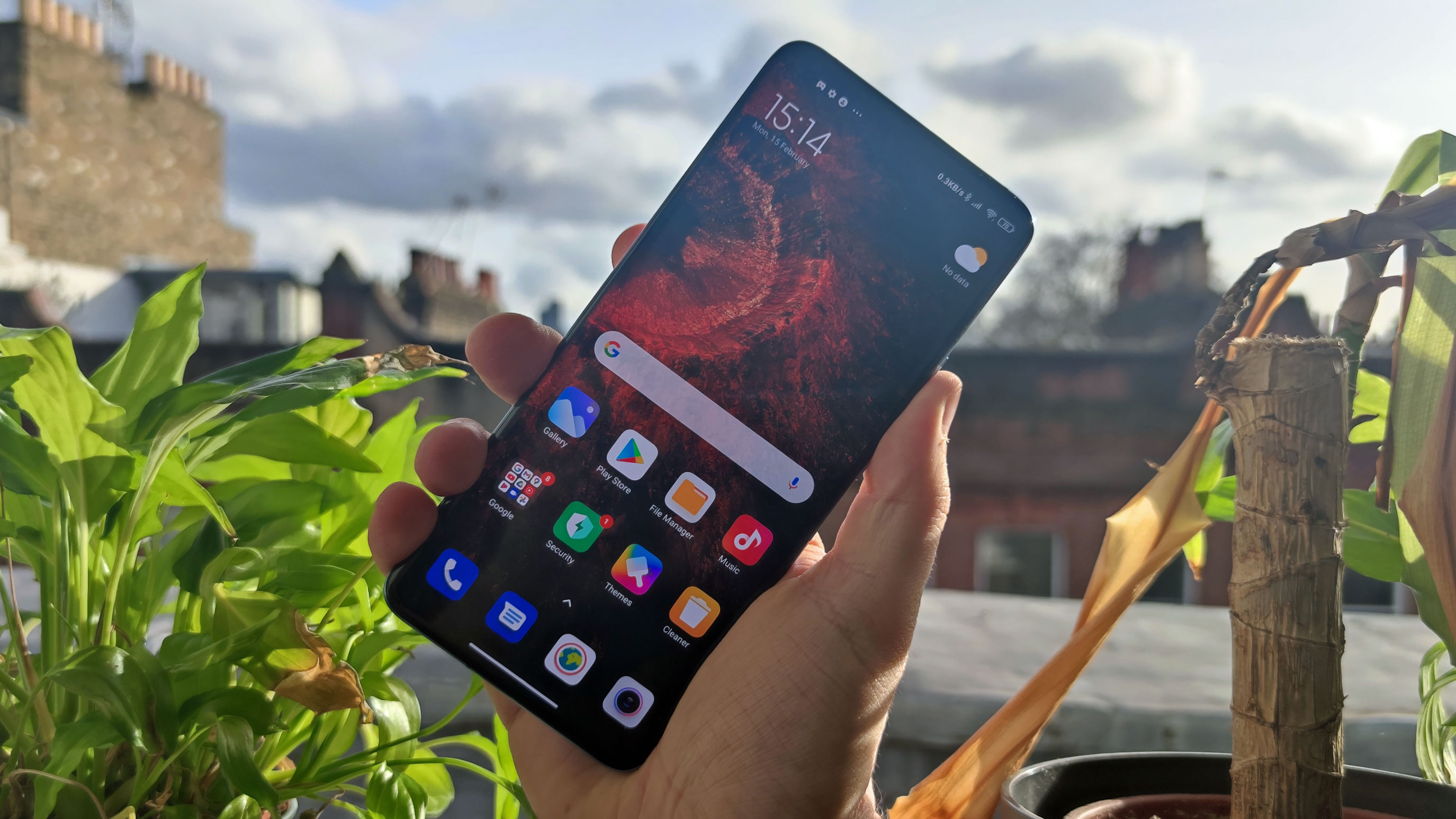
Outside of a few gaming smartphones, such a fluid refresh rate is practically unheard of. Its practical application is quite limited, though you’ll never have zoomed through your social media feeds quite so rapidly.
Before you hardcore gamers slap down your money on a new Xiaomi Mi 10T Pro, consider the matter of touch sampling rates. At 480Hz the Xiaomi Mi 11 screen obliterates its older brother on 180Hz for sheer responsiveness.
In short, while the Xiaomi Mi 10T Pro has that stand-out refresh rate, we’d take the Xiaomi Mi 11’s more balanced display offering any day of the week.
Cameras
These two phones are surprisingly different considering their shared brand and similar vintage. But the one area of potential hardware asset sharing would appear to be the cameras.
Both phones are led by 108MP 1/1.33" Samsung image sensors, though delve a little deeper and you’ll find that they’re not identical. The Xiaomi Mi 11 uses a newer Samsung ISOCELL HM3 sensor, which is the same sensor used in the Samsung Galaxy S21 Ultra, and is technically more advanced than the Samsung ISOCELL HMX sensor used by the Mi 10T Pro.
Another difference, this time ostensibly in favor of the Mi 10T Pro, is the latter’s uses a wider f/1.7 aperture compared to the f/1.9 Mi 11. This means it can let more light in to hit that sensor, though the benefits of this aren’t always so clear-cut.
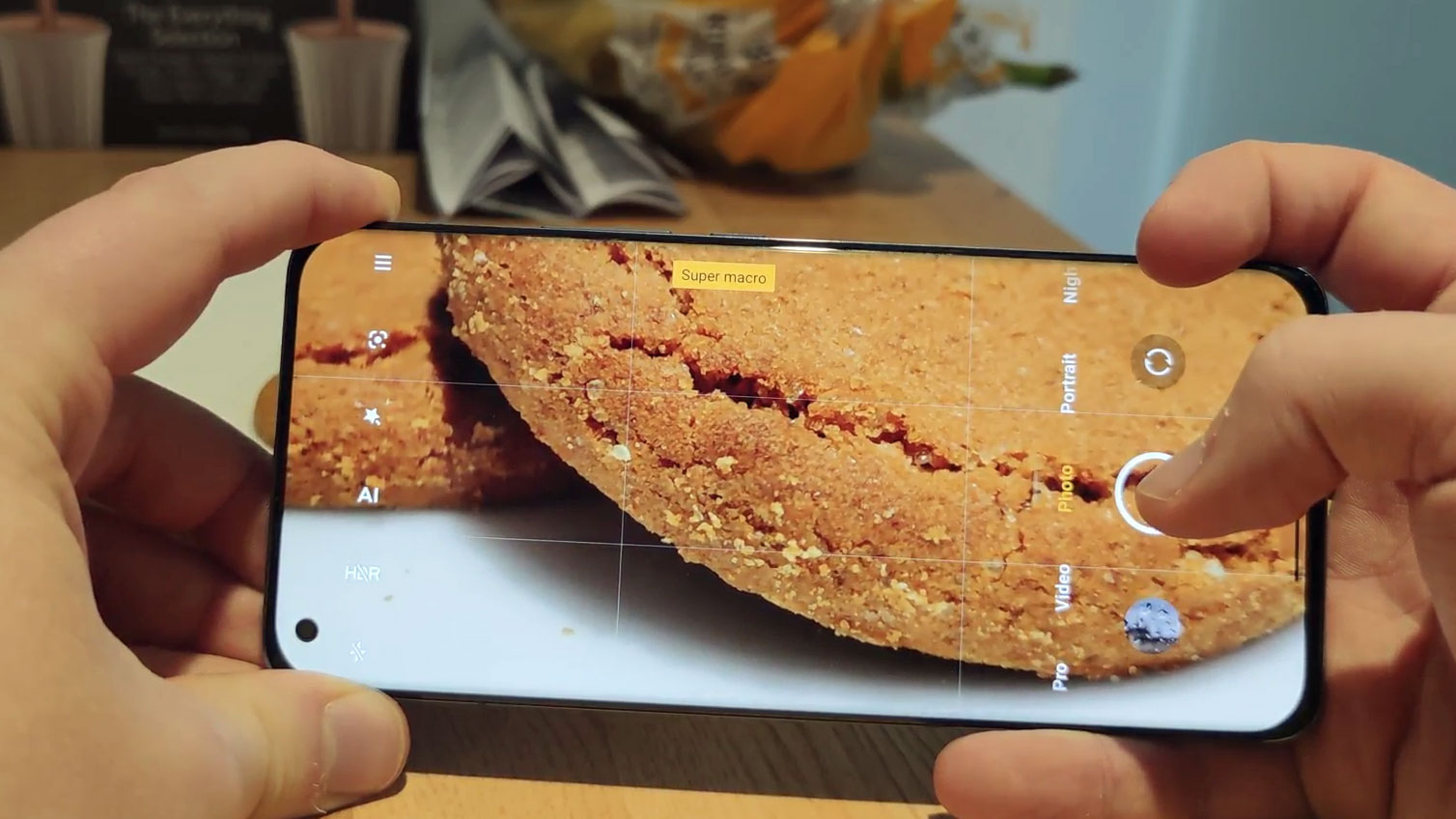
Besides this, both phones have underwhelming 13MP f/2.4 ultra-wide sensors with unusually wide 123-degree fields of view, as well as 5MP macro cameras. They even have similar 20MP selfie cameras.
If you’re eagle-eyed, you’ll have spotted that neither phone has a telephoto lens. That’s way more forgivable in the Mi 10T Pro, which costs a fair amount less.
Both phones take crisp, balanced shots, utilizing Xiaomi’s AI image processing smarts and pixel-binning techniques. Thanks to OIS, both can remain relatively steady for Night shots.
OIS will also benefit video capture. Talking of which, both phones can manage 8K video at 30fps or 4K video at 60fps.
All in all, neither of these phones really stands out for its camera offering, but both offer pretty good results in most conditions. We’d possibly give the Mi 11 the edge for its more advanced main sensor, but you might expect more of an advantage given the price premium.
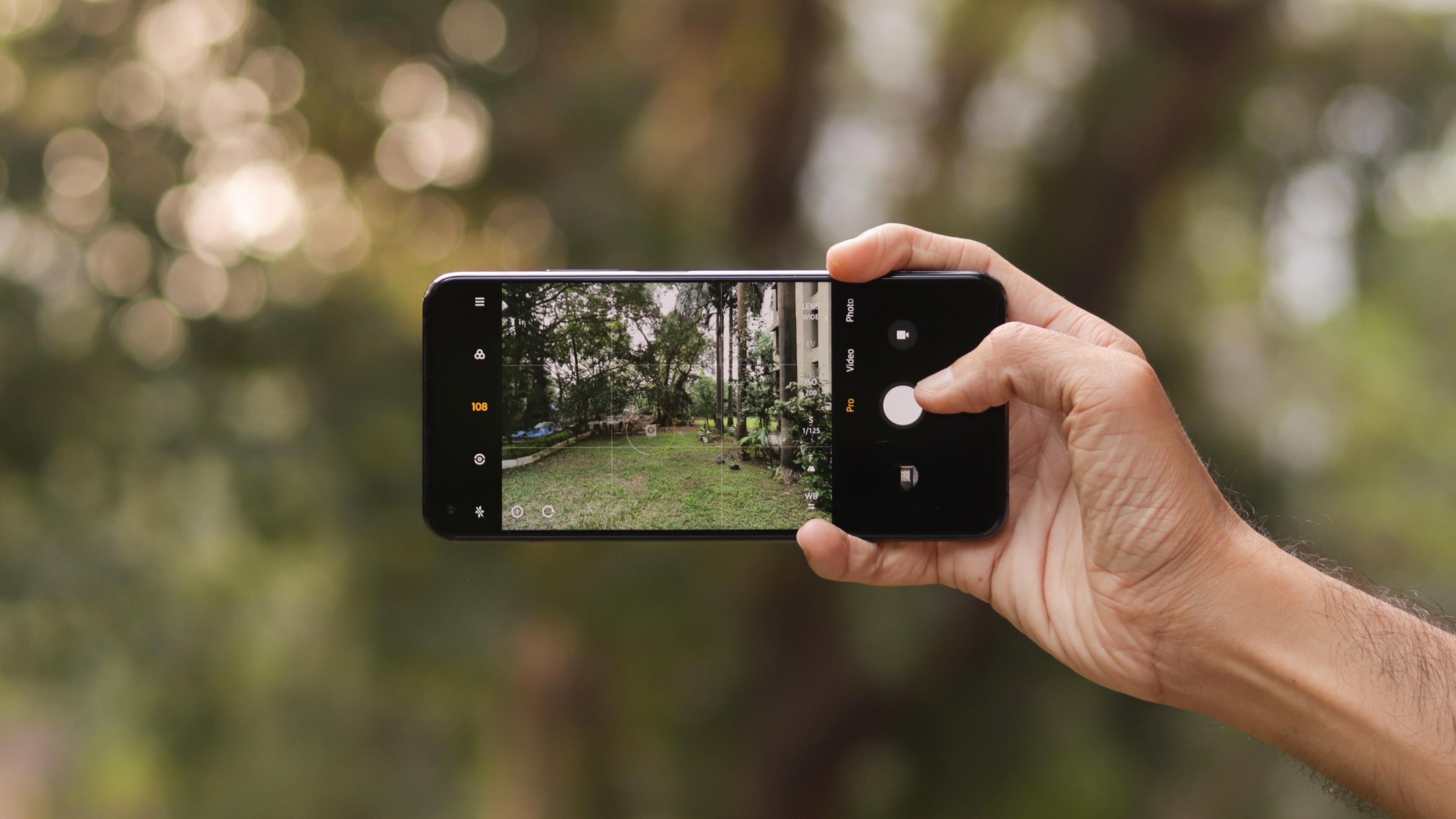
Specs and performance
While they were only released a couple of months apart, the Xiaomi Mi 11 is a whole generation ahead when it comes to performance.
The newer, more expensive phone pack a Snapdragon 888 SoC from Qualcomm. This is the 2021 replacement for the Snapdragon 865 found in the Mi 10T Pro.
You’ll get 8GB or 12GB of RAM with the Mi 11, whereas the Mi 10T Pro only offers 8GB.
In the CPU-focused Geekbench 5, a multi-core score of 3569 for the Mi 11 pips the Mi 10T Pro by around 200 to 300 points, so it’s not a seismic difference. In general usage, you probably won’t even be able to spot the difference. Any contrast you do pick up on will probably come down to that differing display technology.
When it comes to storage, both phones come in both 128GB and 256GB guises. Neither offers a microSD slot.
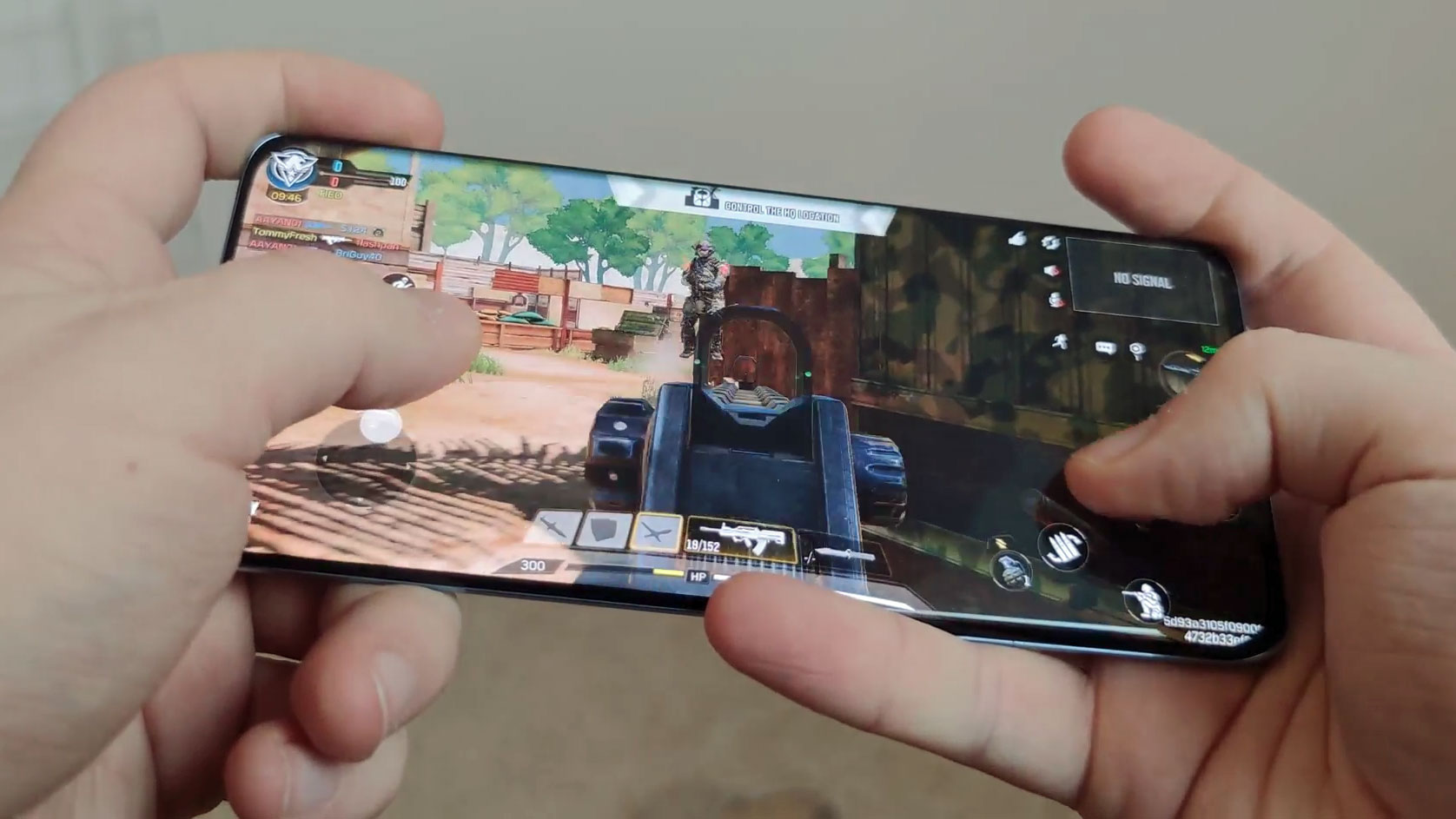
While both phones pack stereo speakers, only the Mi 11 benefits from the expertise of audio specialist Harman Kardon. It sounds better as a result.
In terms of software, both phones lean on Xiaomi’s MIUI, with its garish icons, its busy menus, and it’s excessive bloatware. It’s a lot better than it used to be, but if you prioritize clean and considered software over all else, neither of these phones is for you.
Battery life
The Xiaomi Mi 11 runs on a 4600 mAh battery, while the Xiaomi Mi 10T Pro packs a much larger 5,000 mAh cell. So that explains why the latter is such a chunky monkey.
Our reviewer found that the Xiaomi Mi 11 would burn through its charge in short time, only managing to last through a full day if they kept their usage to the minimum. It’s not terrible by the standard of modern flagship phones, but it’s also far from the best.
Xiaomi’s brute force approach with the Mi 10T Pro really pays off, as it lasts noticeably longer than the Mi 11. Some of that advantage can be pinned to the 10T Pro’s smaller, dimmer and less sharp display as well.
Whatever the reason behind it, we were unable to exhaust the Mi 10T Pro’s battery in a day, no matter how much gaming, photography or video or music streaming we did. It’s impressive stuff.
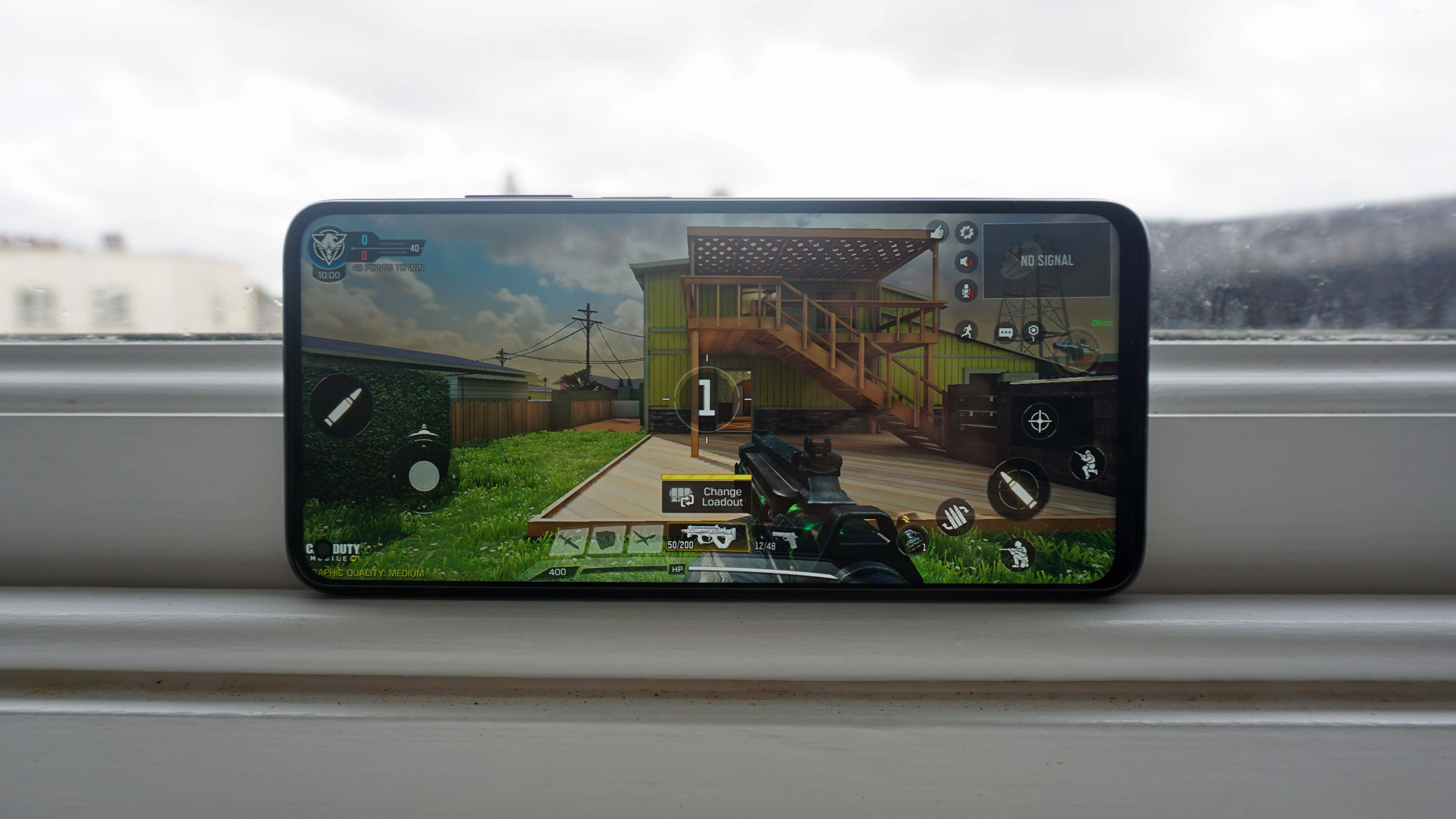
The Xiaomi Mi 11 wins some points back when it comes to recharging. Its rapid 55W wired charger, which is supplied in the box, will get you from 0 to 100% in around half an hour. By contrast, the Mi 10T Pro’s 33W charger will take closer to an hour.
Elsewhere, the Mi 11 supports fast 50W wireless charging, while the Mi 10T Pro doesn’t support wireless charging at all.
Takeaway
We awarded both of these phones 9 out of 10 in their respective reviews, and these were issued just a few months apart. They’re both really good handsets, quite obviously.
Thanks to the difference in pricing, picking a winner isn’t straightforward. They’re swimming in slightly different waters, with the Xiaomi Mi 11 undercutting true flagship phones like the OnePlus 9 Pro, and the Xiaomi Mi 10T Pro taking on almost-flagships like the OnePlus 8T.
Hidden in that last point is the reason we feel able to pick a clear winner, however. The Xiaomi Mi 10T Pro is operating a whole hardware generation behind the Xiaomi Mi 11 - in terms of power, design, and (despite initial appearances) camera tech. Meanwhile the Mi 11’s display is simply streets ahead.
If you can find the Mi 10T Pro for a bargain price, it’s still a brilliant phone. But the Mi 11 is flat out better in most of the ways that matter, and its newer processor means it’ll remain relevant for longer too.